Medical Care
How to Prevent Blisters
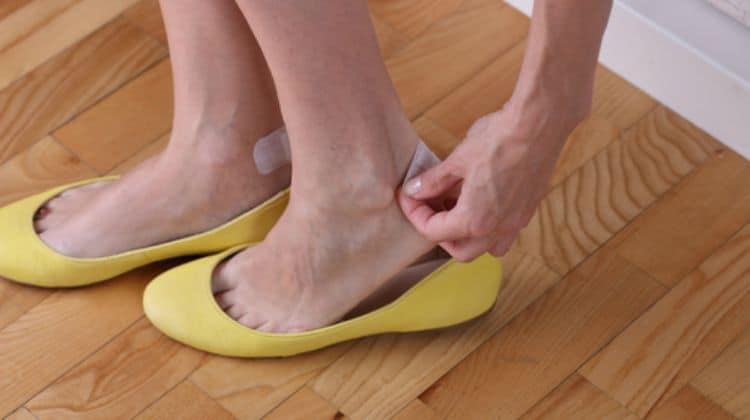
Don’t Get Rubbed the Wrong Way
Whether you spend your weekends out hiking the trails, your nights tearing it up in a pair of heels, or just breaking in a new pair of boots, odds are you’ve gotten a blister or two in your life.
Blisters are a nuisance at best during a normal day, but in a survival situation a blister can quickly cut off your most basic mode of transportation.
A blister is not only uncomfortable but if one were to burst and be left untreated, infection could set in in as little as a few hours. Below are a few steps that you can take to prevent blisters from forming.
Shoes
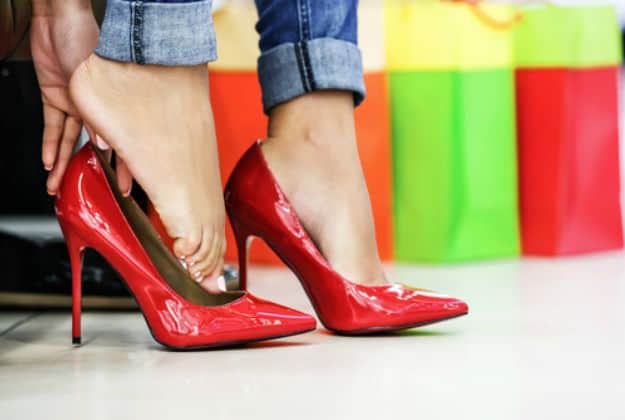
Your shoes must fit properly to avoid blisters. If they are too snug or too loose the shoes will cause excess friction on your feet.
A good rule of thumb is to make sure that there is ½ inch space between your longest toe and the end of your shoe.
Be sure that you have enough room to wiggle your toes inside the toe box, and your heel does not slip when you walk.
Periodically inspect the inside of your shoes for seams or worn areas that might produce extra friction.
Socks
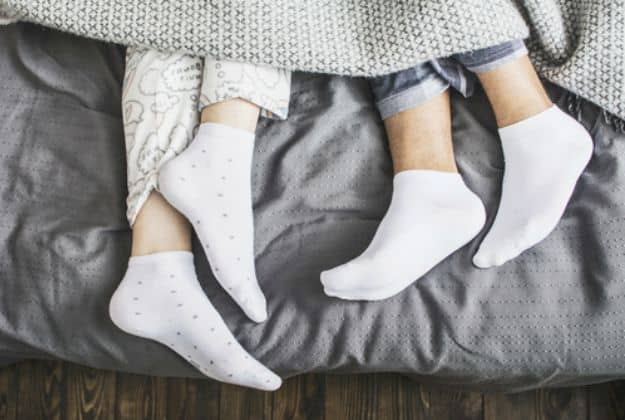
Select socks that fit your foot without being too tight or too loose. Tube socks are never a good option as they don’t fit close enough to the foot. Ensure that the socks do not have bulky stitching at the toes or heels
Some people choose to wear two layers of socks (or a sock that is made with double layers) to aid in blister prevention.
Do not wear socks that are too old. Worn socks will have thin areas and holes are very likely to produce hot spots and blisters.
Do not wear untested socks on a long walk and never wear unwashed socks, dirty socks can cause a whole other mess of problems.
I have run across a ton of different blister remedies but I want to hear from you. Do you have any home remedies or preventions that you personally use on blisters?
-

 Do It Yourself7 months ago
Do It Yourself7 months agoParacord Projects | 36 Cool Paracord Ideas For Your Paracord Survival Projects
-

 Do It Yourself9 months ago
Do It Yourself9 months agoHow To Make Paracord Survival Bracelets | DIY Survival Prepping
-

 Do It Yourself9 months ago
Do It Yourself9 months ago21 Home Remedies For Toothache Pain Relief
-

 Do It Yourself10 months ago
Do It Yourself10 months agoSurvival DIY: How To Melt Aluminum Cans For Casting
-

 Exports8 months ago
Exports8 months agoAre Switchblades Legal? Knife Laws By State

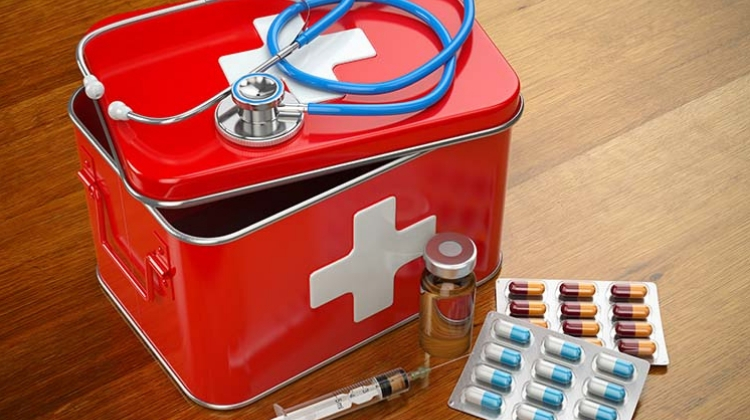
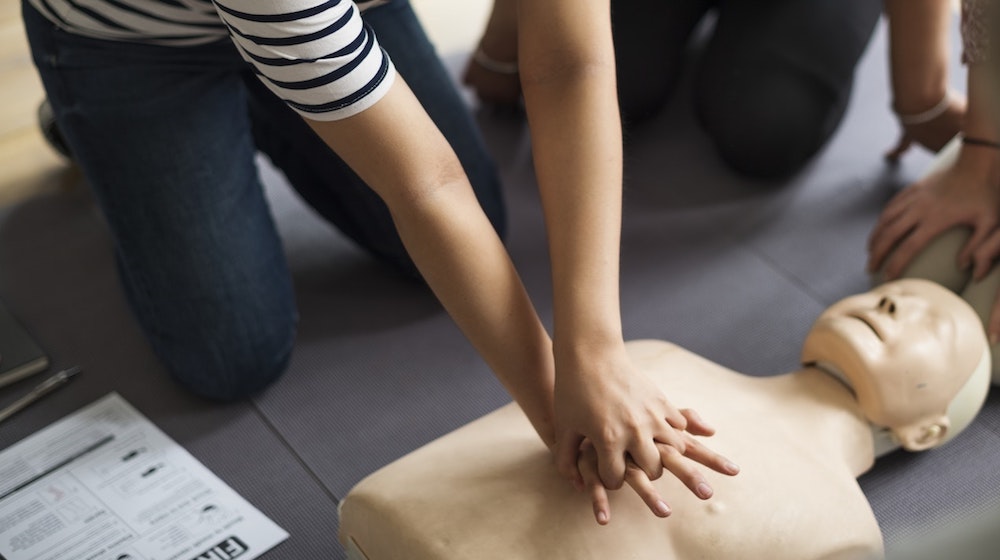
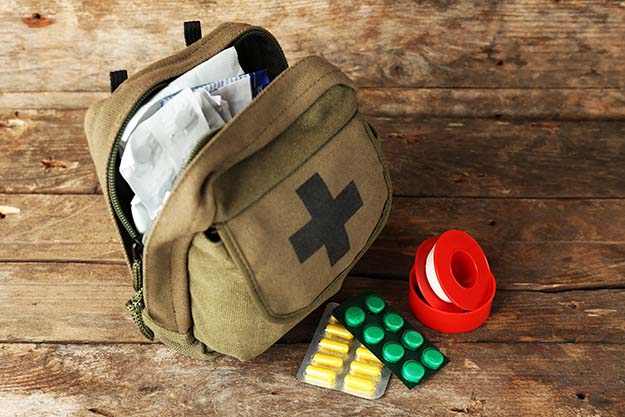
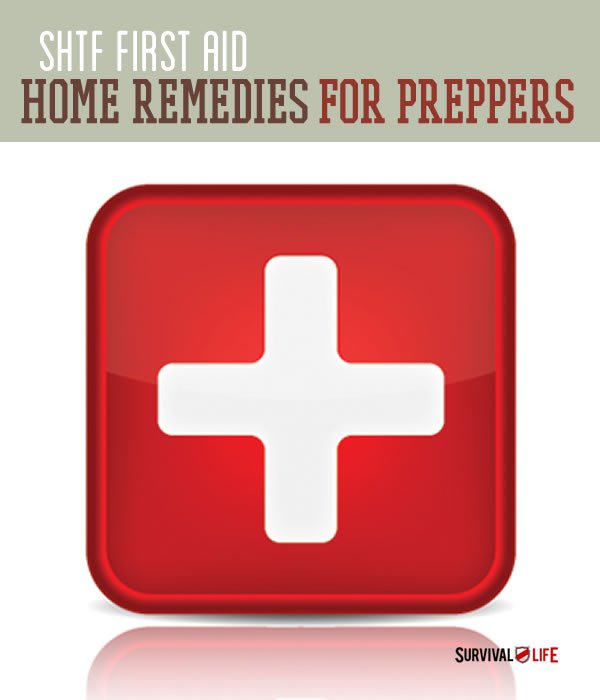

Skip O'Brien
December 6, 2012 at 2:16 PM
Hey Joe, great article. One of the things that I have done in the past is to use Vaseline on my feet before putting my walking/hiking socks on. I’m not sure where I got this obscure information, but I can tell you that it really does work. I wish I would have known about this in Boot Camp years ago.
Keep up the great work. Happy Birthday!! Thanks for the Vertical Gardening and Container Gardening book.
Regards,
Skip
Guy
December 6, 2012 at 11:38 PM
A piece of duct tape is great to protect the area from further damage and makes it comfortable enough to continue walking/hikeing with little or no discomfort
Mark
December 7, 2012 at 12:54 AM
My father taught this to me when I was a boy scout. He would have me wear a womens nylon stocking or a nylon footie, place a small amount of Vasoline over the heel area and a wool sock over that. My brother and I hardly ever got blisters hiking or playing football or running. This kept the friction to a minimum. Try it and let me know what you think.
Allen
December 7, 2012 at 7:49 AM
My Dad use to own a shoe store and shoe repair shop when I was young. He had , these wooden shoe stretchers and when I had shoes that would rub a spot he would use it and my feet would not get blisters. Later when i joined the military my first pair of combat boots were killing me at several of the seams. No shoe stretcher was available, so I found a mop and used the end to push on the seams and to stretch out the boot. It worked, so for the 24 years I was in the military I never got blisters. I now will put on a thin pair of nylon socks when I buy new boots or shoes so I can tell directly where I might have blister problems and then stretch thoses spots.Some times you may have to do it a couple of time,but It always works
Donna
December 7, 2012 at 3:53 PM
Most blisters I got were from using tools that blistered my hands. I don’t get blisters now because I always use firm fitting leather gloves.Cloth gloves are not as good because they are of cloth material that slips—leather wears as a second skin by gripping your skin as pressure is applied. I suggest using Vaseline rub on your hands before using leather gloves because leather zaps the oils from your hands. I made deerskin thimbles I for sewing leather for a living to prevent blisters, ugly callouses, and injury pushing the needles on my thumb.
Myke
December 11, 2012 at 12:10 AM
Of course, mole skin is always good when you feel a “hot spot” coming on. I’ve gone on many a Boy Scout High Adventure when mole skin saved a lot of young feet. It doesn’t matter how many times you remind them to break in their boots and wear proper socks. On a recent High Adventure I ended up buying a bulk 75′ roll of mole skin off of Amazon.com and got it for a great price. I had more than enough for the trip and excess to stock my varying emergency kits.
John Erdman
December 12, 2012 at 3:02 AM
I was in the Canadian army for 30+ years. We had a lot of blisters. Moleskin, duck tape etc work well on blisters that split, but closed blisters are different. Using a needle (sterilised in a flame) to create a drain hole worked temprorily, but the blisters of sealed and refilled – only to rupture later, or they kept weeping. We would thread a needle and push the needle through the blister (the fluid and NOT the skin under it). Then cut the thread so that about 3/4 inch was left hanging out of each hole. This would drain the blister and wick out further fluids so that it dried and quickly. Keep the site clean till it has healed.
David Salas
December 12, 2012 at 5:13 PM
When I was in basic training, my drill instructor taught us that if we took our new boots in to the shower with us then wore them on our feet to dry, that the boot would dry to the shape of our feet and would not cause blisters. I did what he told us, and I never get a blisser. Ever time I get new boots I do the same thing.
Joe
December 12, 2012 at 5:31 PM
I am surprised I forgot to mention that tip! My dad would do the same thing every time he bought a new pair of redwings
Pingback: How to Stay Hydrated While Hiking | Survival Life